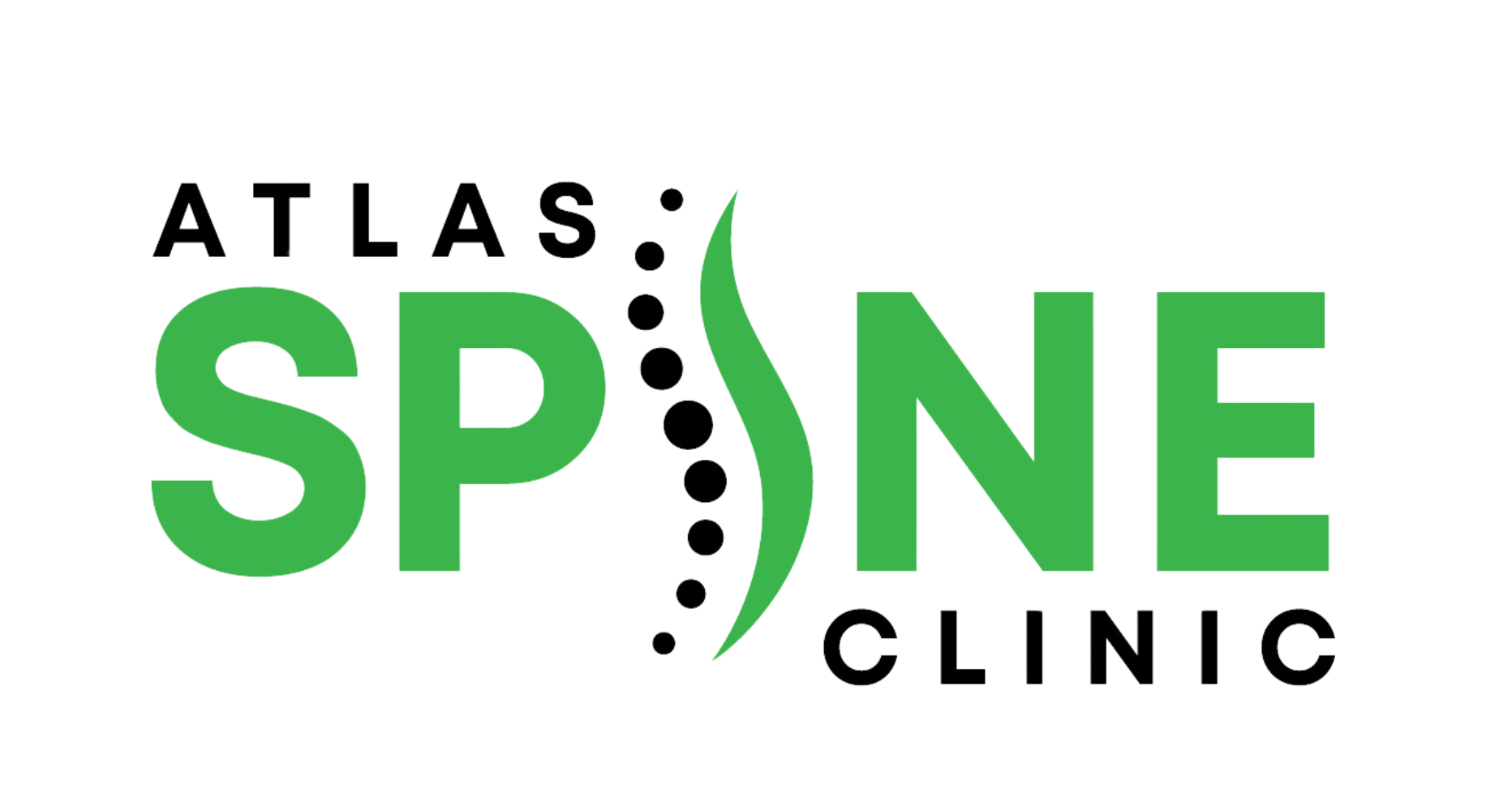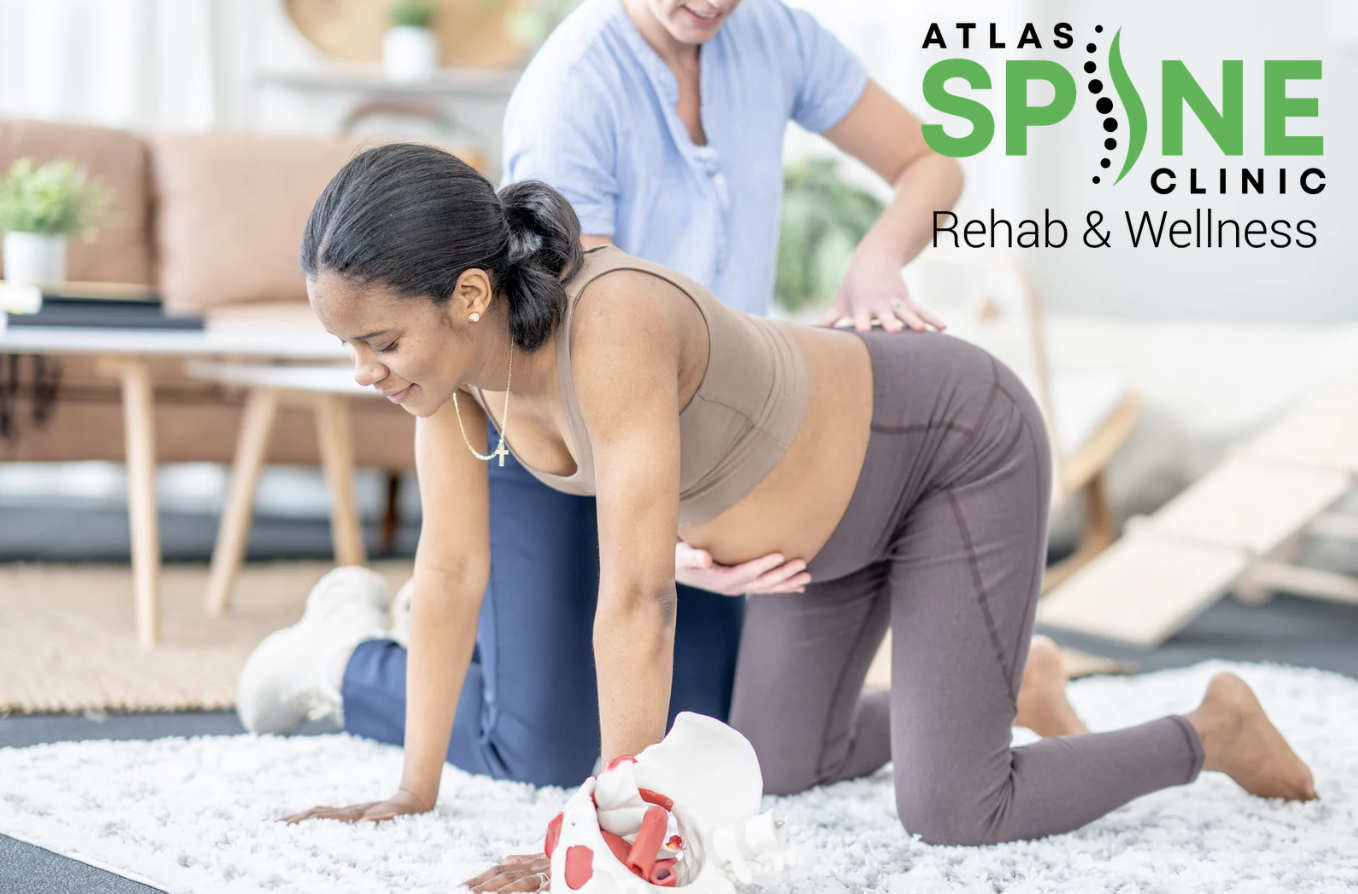You’ve probably heard of functional strength training, but what is functional strength training? If you’re picturing just lifting weights or running on a treadmill, you might be missing the point. This type of training is about preparing your body for real-life movements—the ones you perform every day.
Whether it’s bending down to pick something up, carrying groceries, or picking up your kids, functional strength training helps you do all of this more efficiently, without risking injury.
Moreover, it’s not just for athletes. Whether you’re someone who works long hours at a desk, a parent trying to keep up with your kids, or just someone who wants to stay active, functional strength training can make a world of difference. It’s about improving how your body works in real-world situations, so you feel stronger and move better in your daily life.
What Is Functional Strength Training?
So, what is functional strength training? In simple terms, it’s a form of exercise that improve your body’s ability to perform everyday tasks. Unlike traditional strength training that isolates muscles, functional training focuses on the movements you do throughout the day. It’s all about training your body to handle things like bending down, lifting, carrying, and twisting in ways that minimize strain and maximize efficiency.
Rather than just building muscle for looks or athletic performance, functional strength training aims to improve your overall body mechanics. It strengthens the muscles and joints involved in daily activities, making simple tasks, like lifting a heavy box or getting up from the couch, feel easier and less taxing on your body.
The ultimate goal? To move better, feel more capable, and prevent injuries as you go about your day-to-day routine—whether you’re at work, playing sports, or just living life.
4 Key Movements for Functional Training
Now that we’ve got a solid understanding of what is functional strength training, let’s take a closer look at the key movements that make it so effective. These are the foundational moves that show up in most functional training exercises—and trust me, they’re the ones that can seriously transform the way your body moves in everyday life.
1. Locomotion
Locomotion is simply how your body moves from one point to another. Think walking, jogging, running, or even climbing stairs. We do it all day, every day, however, doing it with proper form and strength is key. Good locomotion isn’t just about getting from A to B; it’s about doing it with balance and coordination, ensuring that you’re moving efficiently and with purpose. When you’ve got strong core stability in your locomotion, even simple tasks like walking to the store or running for the bus feel easier and safer.
2. Level Change
Level change is exactly what it sounds like—moving your body up and down. Whether you’re bending down to tie your shoes, squatting to pick something off the ground, or climbing stairs, level change is a fundamental movement. Exercises like squats and lunges are perfect examples of training this movement. It’s not just about getting down or up, it’s about mastering your body’s ability to adjust to different levels while maintaining good posture and balance throughout the process. That’s where functional strength training shines.
3. Upper Extremity Function
This one’s all about what your arms and shoulders do—pushing, pulling, reaching overhead, and more. Imagine reaching up to grab something from a shelf or pushing open a door. These are everyday movements we do without thinking, yet they require strength and coordination. Upper extremity function is critical for your shoulders and arms to perform essential daily tasks. By focusing on this movement, you’ll build the strength you need for everything from carrying groceries to playing sports, which brings everything back to what is functional strength training.
4. Rotation
Rotation is the ability to twist your torso—whether it’s swinging a bat, throwing a ball, or even just looking over your shoulder while driving. Rotation is everywhere in our daily lives, and strengthening it can help prevent discomfort and injury. Exercises like Russian twists or medicine ball throws are awesome for improving rotational strength. Working on this movement not only enhances your posture and mobility, but this also keeps you moving freely, whether you’re at work or playing your favorite sport.
These four movements are the backbone of what is functional strength training, helping you build a stronger, more coordinated body that performs better in all the little (and big) moments of life. By training for these movements, you’re not just working out—you’re preparing your body for the tasks you face every single day.
The Benefits of Functional Strength Training
Functional strength training offers a ton of benefits, and here are just a few reasons why it’s worth incorporating into your routine. So, what is functional strength training and why should you care about it? Let’s break down some key advantages.
Better Movement Patterns
Functional training helps you move better, both in the gym and in daily life. By mimicking real-life movements, it strengthens the muscles and joints needed for those tasks. When you train in this way, your body becomes more efficient, meaning everyday tasks—like bending, lifting, or walking—become easier and more natural.
Improved Balance and Coordination
When you focus on coordination and balance, you’re improving your body’s ability to stabilize itself during movement. This is essential not only for athletes but for anyone looking to stay active and healthy. Improved coordination helps with everything from maintaining your balance during a run to being more agile in sports or even just walking on uneven surfaces.
Injury Prevention
One of the best benefits of functional strength training is injury prevention. By strengthening the muscles and stabilizing the joints used in daily movements, you make your body more resilient. Better movement patterns and improved balance make it less likely you’ll twist an ankle or strain a muscle during regular activities.
Improve Mobility
Mobility is the ability to move freely and without restriction. Functional strength training incorporates movements that improve your range of motion, which is critical for maintaining joint health. Better mobility means you can move more freely, whether you’re performing athletic movements or just going about your day.
Builds Muscle
Strength training is, of course, great for building muscle. By using resistance training, bodyweight exercises, and compound movements, functional training helps you build muscle in a way that’s both practical and effective. Building muscle isn’t just for aesthetic reasons; it’s crucial for maintaining bone density, improving metabolism, and enhancing overall health.
5 Exercises to Boost Your Functional Strength Training
Now that you understand the key movements and benefits, let’s dive into some of the best exercises you can do to boost your functional strength training.
1. Plank
The plank is a great bodyweight exercise that works your abs, back, and shoulders, helping you develop strength essential for all types of movement. To perform a plank, a push-up position should be taken, but with the forearms resting on the ground instead of the hands. Keep your body in a straight line from head to heels and hold the position as long as you can. Aim for 3-4 sets of 30 seconds to a minute. When considering what is functional strength training, this exercise is a great way to build core strength and stability for everyday activities.
2. Push-up
The push-up is a classic strength training exercise that targets the chest, shoulders, and arms while also engaging the core. Start in a high plank position, lower your body by bending your elbows, then push back up. It’s simple yet effective for building upper body strength and improving balance as well as coordination. Whether you’re doing push-ups at home or in the gym, it’s a solid example of functional strength training.
3. Hollow Hold
The hollow hold targets your abs and helps develop stability. To perform this exercise, lie on your back and lift your legs and shoulders off the ground, creating a slight curve in your body. Hold the position while engaging your core, keeping your lower back pressed into the floor. Aim for 3-4 sets of 30-45 seconds. This move is excellent for building strength in your core stability and is often used in functional strength training.
4. Inverted Row
The inverted row is a fantastic bodyweight exercise that helps build upper body strength, particularly in the back and arms. To do an inverted row, set a barbell at chest height, lie underneath it, and pull your chest toward the bar. As you lift yourself up, engage your shoulder blades by squeezing them together for maximum activation. It’s a great exercise that highlights the importance of free weights in functional strength training.
5. Trap Bar Deadlift
The trap bar deadlift is a compound movement that works multiple muscle groups, including the legs, back, and core. The trap bar allows for a more neutral grip, making it easier on the back while still providing an intense workout. Start with your feet hip-width apart, grip the handles, and lift the bar by driving your hips forward and standing tall. This is a prime example of what is functional strength training, as it involves multi-joint actions that prepare your body for real-life lifting tasks.
Wrapping Up
So, what is functional strength training? It’s about improving your body’s ability to perform the everyday movements that make life easier and safer. Whether you’re training for a specific sport or just trying to stay fit and healthy, functional strength training can help you move better, prevent injury, and build the muscle needed for all types of activities.
By focusing on functional fitness, strength training exercises, and compound movements, you can create a training routine that enhances your overall performance, whether you’re lifting, running, or just going about your day. The benefits are clear—better body motion patterns, increased core stability, improved balance and coordination, and enhanced mobility are just a few of the reasons to incorporate functional training into your fitness regimen.
If you experience any injuries or want personalized guidance on improving your functional strength training, consider seeking professional help. You can visit Atlas Spine Clinic for expert advice and injury prevention strategies.
So, why not test it out and discover its benefits firsthand?






